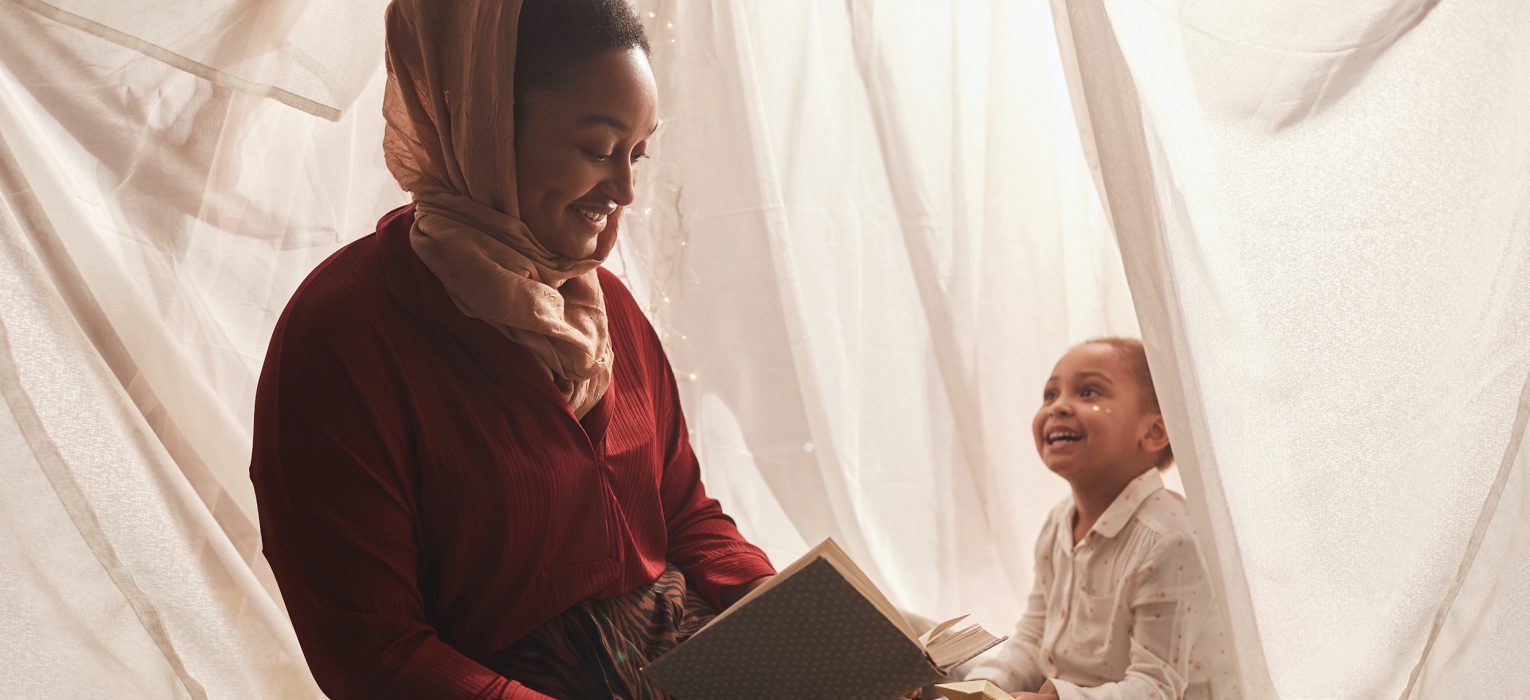Children’s books are typically the gateway to reading. The question is, are they teaching inaccurate information and stereotyped portrayals?
Diversity is an important current topic in the world. Naturally, everyone wants their voices to be heard and acknowledged, and no one wants to be negatively stereotyped or portrayed inaccurately. Readers want and deserve stories that reflect and relate to their own experiences. Today, editors, publishers, and writers alike must ask themselves these questions: Does a text convey accurate information or reinforce misleading stereotypes? What message is it conveying?
THE RESEARCH
Heidi Torres’s article “On the Margins: The Depiction of Muslims in Young Children’s Picturebooks” gives insight into what stereotypes are being perpetuated about Muslims in the United States. In an effort to understand what is being taught to young children about Muslims, Torres compiled 56 picture books. Torres specifically chose picture books from all genres as long as they explicitly stated that the characters were Muslim. She then conducted a qualitative analysis, taking note of what themes arose when comparing all 56 books.
She found that “about half of the books in the sample are texts whose primary purpose is to introduce children to the basic tenets of Islam” (Torres 2016, 196). Of the books, 70% used festivals such as Ramadan to teach about the five pillars of Islam and “other basic tenets of the faith” (197). Only one of the 56 books mentioned a specific branch of Islam; the unspecified depictions in the other 55 books could give the impression that all Muslims practice their religion in the same way. More than 70% of the books showed Muslims only “within the context of the Muslim community” (201), and of the books that showed interactions between Muslims and non-Muslims, only five showed “positive, substantive, and meaningful cross-cultural interactions” (201). Torres also found that a majority of the books were written by non-Muslims for non-Muslims, 20% were by Muslims for non-Muslims, and 10% were by Muslims for Muslims (202).
“We need literature that shows the depth, breadth, and complexity of Muslims’ lived experiences.”
Torres (2016)
THE IMPLICATIONS
Torres says that “we need literature that shows the depth, breadth, and complexity of Muslims’ lived experiences.… Seeing Islam as a natural part of another child’s life rather than some exotic, unfamiliar, monolithic religion can decrease the othering of adherents, as well as reduce the ignorance and fear that gives rise to prejudice, stereotypes, and religious intolerance” (2016, 205).
While this particular study analyzed the portrayal of Muslims in picture books, its relevance extends to all kinds of books, genres, and topics, as well as to all religions, races, ethnicities, and origins. Books are important sources of information that expose readers to new situations, worlds, and communities. As editors, publishers, and writers, we need to be sure that we are relaying correct information, writing respectfully, and staying cognizant of the messages being shared.
To find out more about how some picture books portray the Muslim community, read the full article:
Torres, Heidi J. 2016. “On the Margins: The Depiction of Muslims in Young Children’s Picturebooks.” Children’s Literature in Education 47, 191–208 (2016). https://doi.org/10.1007/s10583-015-9268-9
—Lenae Rubey, Editing Research
FEATURE IMAGE BY WERNER PFENNIG
Find more research
Read Rhoda Myra Garces-Bacsal’s (2020) article for resources on diverse books for children:
“Diverse books for diverse children: Building an early childhood diverse booklist for social and emotional learning.” Journal of Early Childhood Literacy 22 (1), 66-95 (2020). https://doi.org/10.1177/1468798420901856
Take a look at Denise Davila’s (2015) article on how to prepare educators to be religiously neutral to cultivate diversity: “#Who Needs Diverse Books?: Preservice Teachers and Religious Neutrality with Children’s Literature.” Research in the Teaching of English 50, no. 1 (2015): 60–83. http://www.jstor.org/stable/24889905.





Abby
This is such an interesting study! It’s so true that in order to help kids understand diversity, we need to give them positive examples of interactions between people of different backgrounds and faiths. I would love to see this study repeated with other types of diversity.